Laminate Flooring Care and Maintenance Guide
When a homeowner’s number one priority for flooring is easy maintenance, we direct them to...


.jpg?width=6016&name=BaumBath_Comp-19%20(1).jpg)
Caring for your home should be easy, but after taking the time to learn how to specifically care for each new product such as your cabinets, countertops, tile, and flooring, it can be overwhelming to also have to learn how to care for your “Finishing Touches”. These finishing touches are things like cabinet hardware, shower doors, plumbing fixtures, and stainless steel. While many of these things simply require being wiped down with a wet rag, some require additional cleaning methods.
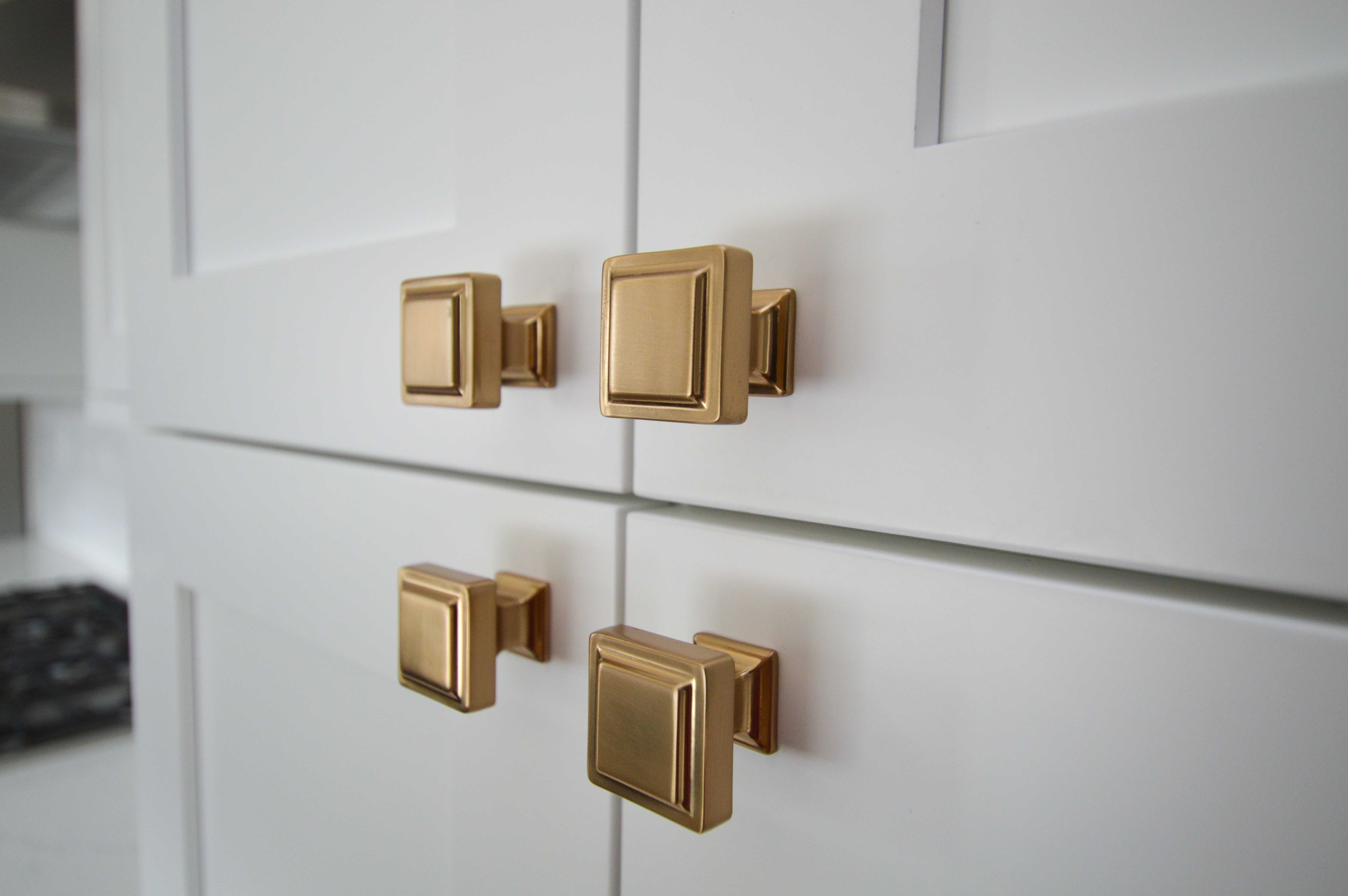
Perhaps one of the easiest components of your kitchen to clean, cabinet hardware simply requires being wiped down with a little soap and water. Soak a rag in a basin of soapy water, wringing out excess liquid. Then wipe every knob and handle. Afterwards, be sure to wipe again with a clean, dry towel to remove any soap or water residue, which if left for a long period of time could affect the finish on your hardware.
Try to avoid harsh cleaners, as they could also ruin the finish. If you want to do a more thorough cleaning, try using a homemade vinegar solution. Equal parts vinegar and water, the solution can be used to lightly dampen a cloth. Wipe the hardware. Then wipe again with a clean, dry cloth to remove any residue.
For a deep clean, some people unscrew their hardware and soak in a tub of soapy water. Again, for a more potent cleaning, add a little vinegar to the water. Soak the knobs and handles in the tub for a few hours or overnight. Then scrub your hardware with a sponge and wipe dry with a clean cloth.
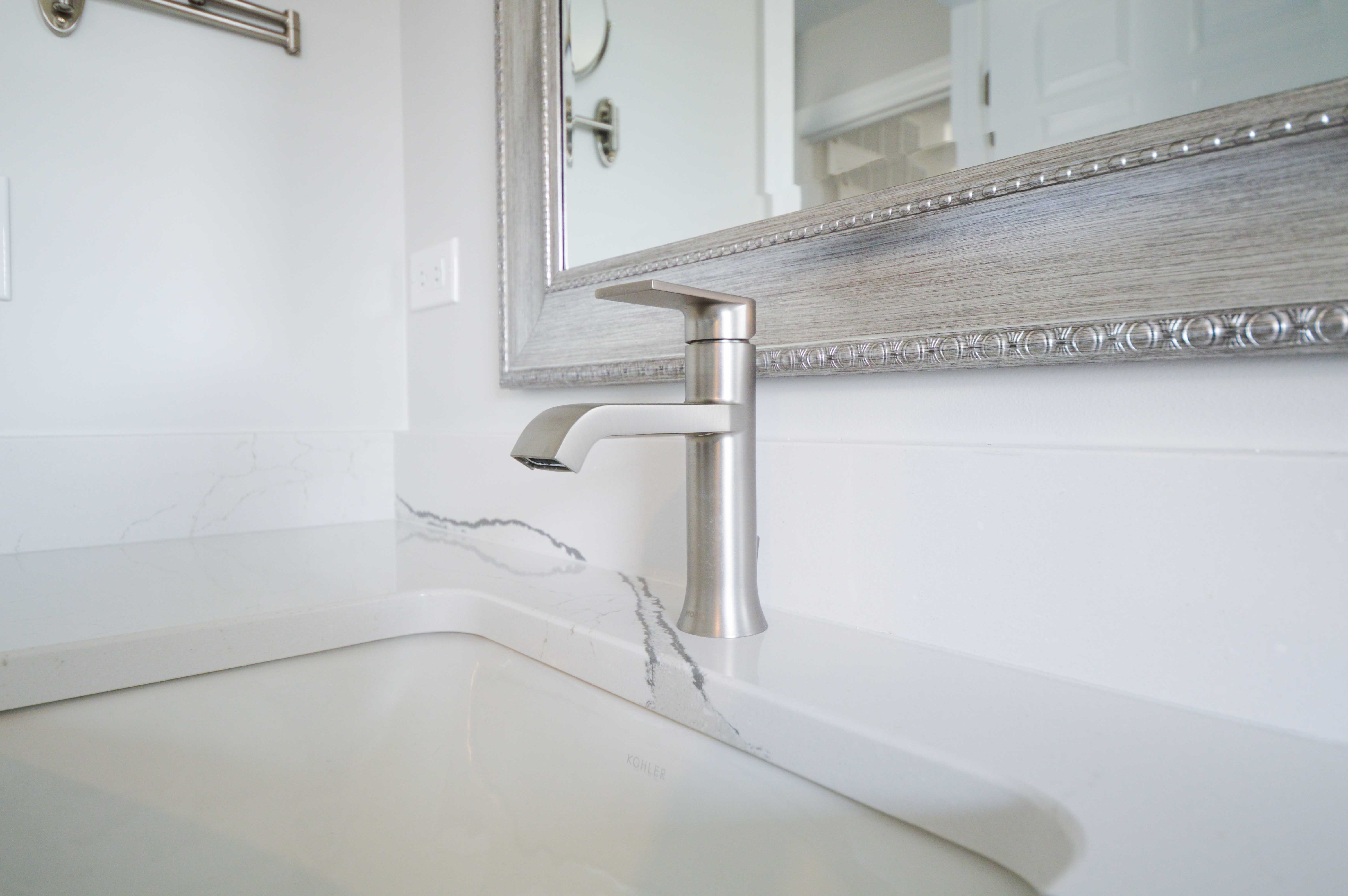
In general, all you need is a rag with soap and water. Wipe down the surface followed by wiping it down again with a clean, dry rag to remove any residue and to prevent water spotting. A mild household can also be used so long as it doesn’t contain any harsh chemicals, which may destroy the finish. If you use a cleaner, be sure to rinse it off thoroughly, and to dry the surface.
For further protection on brushed nickel, brushed gold, classic stainless, polished nickel, polished brass, satine, chrome and platinum, consider applying a wax occasionally to protect the finish. This isn’t required, but will help keep your fixture looking the best it can.
To remove water spots, Moen recommends mixing equal parts water and vinegar and using the mixture to wipe down your faucet and handles, followed by being thoroughly rinsed by water and dried with a clean cloth.
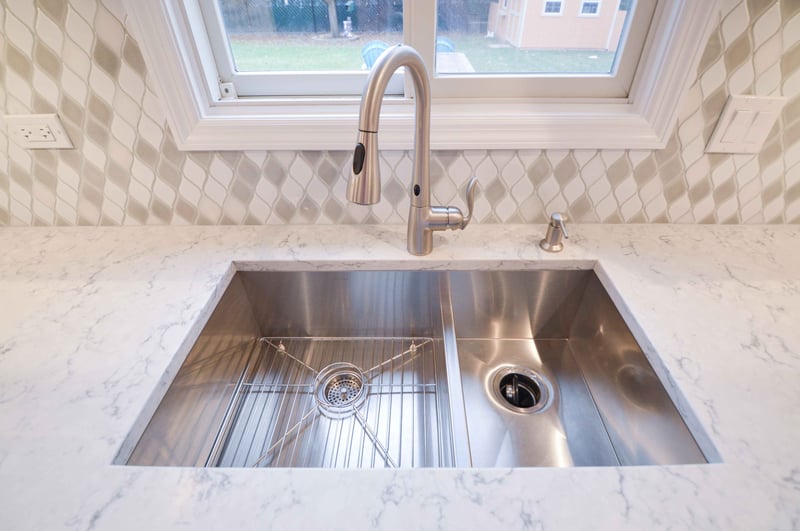
While a beautiful look, this is not a very durable or stain resistant material. If it has been selected for your home, be sure to remove any staining foods, such as coffee grounds, very quickly. If you don’t, they will stain the surface of your sink. Avoid all abrasive cleaners. Instead, use a rag with soap and water to clean the surface. Some all-purpose cleaners are also acceptable. If you do use either option, be sure to rinse thoroughly and to the wipe again with a clean, dry towel.
Like enamel cast iron, this material is difficult to keep clean. Food stains the surface easily, so always be sure to promptly remove any scraps that fall into your sink. Consider purchasing a protective mat for the bottom of your sink to prevent scratching and cracking from utensils and cookware. Also, if a bathroom sink, be sure to remove toothpaste stains immediately.
The most common, and safest cleaning solution is, again, water, a light soap detergent, and a sponge or cloth. RInse thoroughly and then wipe again with a dry, clean towel.
For a deep cleaning, some sources recommend mixing a bucket of warm water with ¼ cup of baking soda and ¼ cup of ammonia. Use a soft sponge or cloth in the solution and scrub the surface, especially spots with tough stains. Rinse thoroughly and wipe again with a clean, dry cloth.
For acrylic sinks, like the others, be sure to remove any remaining food particles to help prevent staining. As for the best cleaning practice, wiping the surface down, weekly, with a rag, water, and dish soap will help keep it sparkling clean. Of course, follow this with a thorough rinsing, and wiping down with a clean, dry cloth.
Don’t use abrasive cleaners. If the surface requires a stronger cleaning for tough stains, you can use rubbing alcohol or certain tile and tub cleaners. As always, test whatever you are using on a small part of the surface first before trying on a larger area.
For stainless steel, like other surfaces, cleaning with a mixture of soap and warm water will help remove immediate messes and the top layer of dirt. Be sure to then wipe again with a clean, dry cloth.
There are also a variety of cleaners made specifically for stainless steel which are acceptable and shouldn’t damage the finish. For pesky fingerprints, some experts recommend the use of a window cleaner such as Windex. Be sure, however, to avoid using other abrasive materials while cleaning such as a scouring pad or steel wool.
No matter what your method is for cleaning your stainless steel, be sure to always clean in the same direction as the grain of your appliance; this will prevent streaking.
Choose a disinfecting spray or a water and vinegar mixture and spray the exterior of your toilet bowl. Let it sit for a few minutes, and then wipe with a clean paper towel. For the bowl, any common toilet bowl cleaner will do the trick. If you’re opposed to the harsh chemicals, there are homemade recipes available.
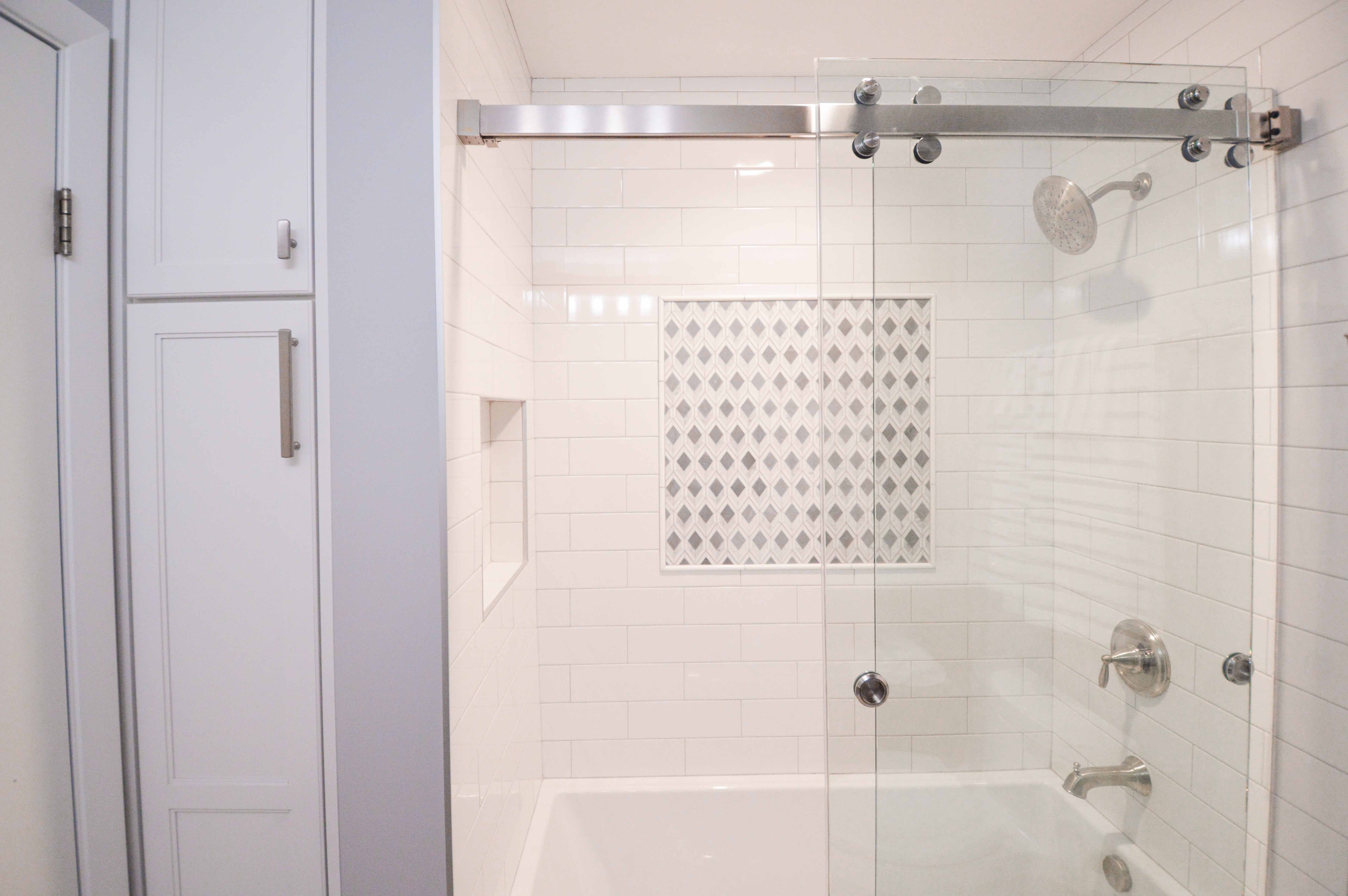
First and foremost, anytime you use your shower, to help keep later maintenance minimal, you should use a squeegee on your glass. This will help prevent soap scum buildup and remove water spots.
When doing a deep clean, most people recommend a mixture of vinegar and dish soap. Put this in a spray bottle, spritz onto your surface and let sit for 20-30 minutes to break down any soap scum build-up. Then rinse with a wet cloth, following that by wiping once more with a clean, dry towel.
Avoid any abrasive cleaners or products as they can scratch the surface of your shower glass. Another way to help lessen the soap scum is to invest in a water softener, which will decrease the hard water spots that form on your glass.
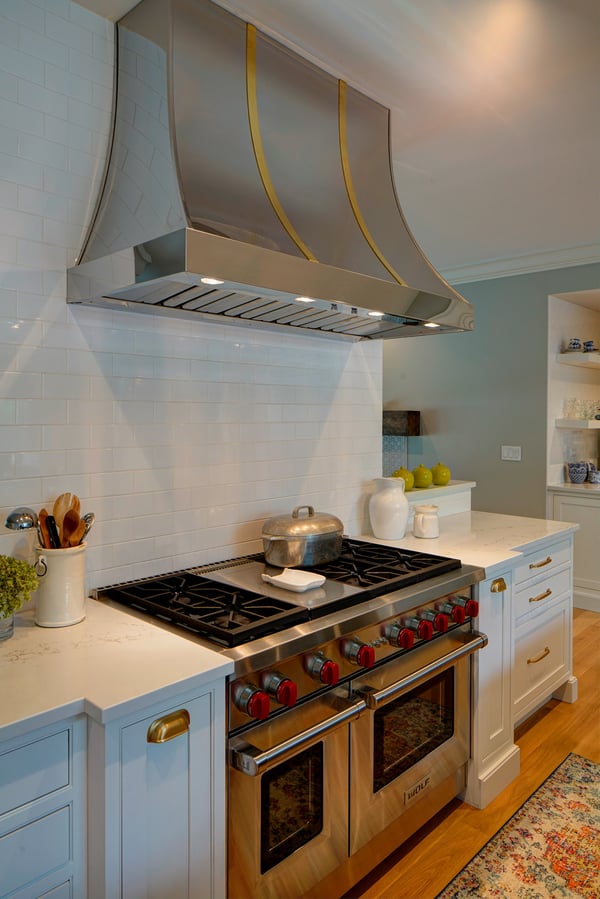
For the exterior and interior of your range hood, use water, liquid soap, and a soft cloth. Avoid any abrasive materials and cleaning products to avoid scratching. If it is stainless steel, use a stainless steel cleaning product and wipe in the direction of the grain.
As for cleaning the blower, each brand has different guidelines for accessing the parts that collect the grease. Once you disassemble, soak the parts in warm, soapy water for a few minutes, then scrub with a soft sponge and rinse thoroughly. Let the products dry before reassembling the blower unit.



When a homeowner’s number one priority for flooring is easy maintenance, we direct them to...
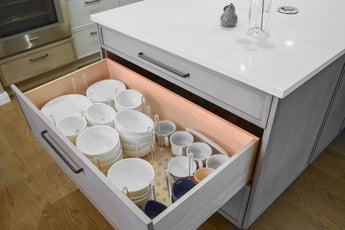

While designing your dream kitchen, it’s easy to get swept away by the big things like cabinet...
Leave a Comment